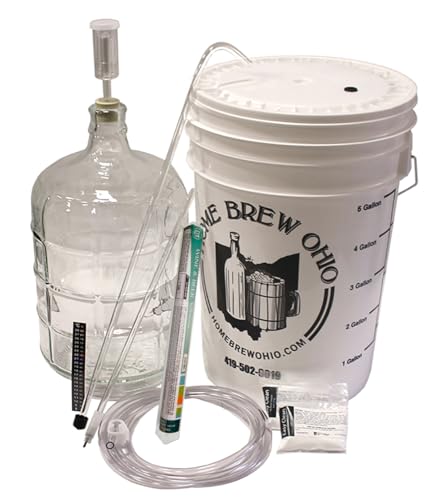maureengo2
Member
We ground up our organic apples 2 weeks ago, let the juice sit in a pail for a few days with cheesecloth on top, poured it into a 6-gallon carboy and added yeast - had about 9 days of violent fermentation, and then finally did the first racking yesterday. There was a dark, moldy-looking area around the neck of the carboy and it smelled like rotten eggs.
Once we finished siphoning it into a new clean carboy we took a sample outside and it didn't smell like Brett anymore. But I'm worried. Is there a way to get rid of the Brett or is this batch ruined?
How do I prevent this from happening again? I was following a Jack Keller recipe and perhaps that's why he called for using pasteurized apple juice? We're using our own raw, certified organic, unpasteurized juice.
Advice?
Once we finished siphoning it into a new clean carboy we took a sample outside and it didn't smell like Brett anymore. But I'm worried. Is there a way to get rid of the Brett or is this batch ruined?
How do I prevent this from happening again? I was following a Jack Keller recipe and perhaps that's why he called for using pasteurized apple juice? We're using our own raw, certified organic, unpasteurized juice.
Advice?
Attachments
Last edited:












































